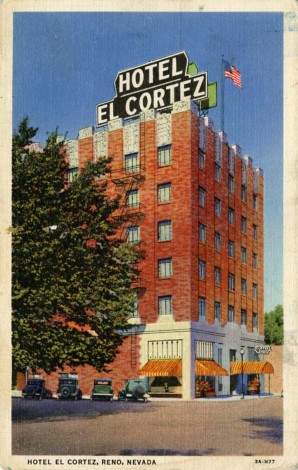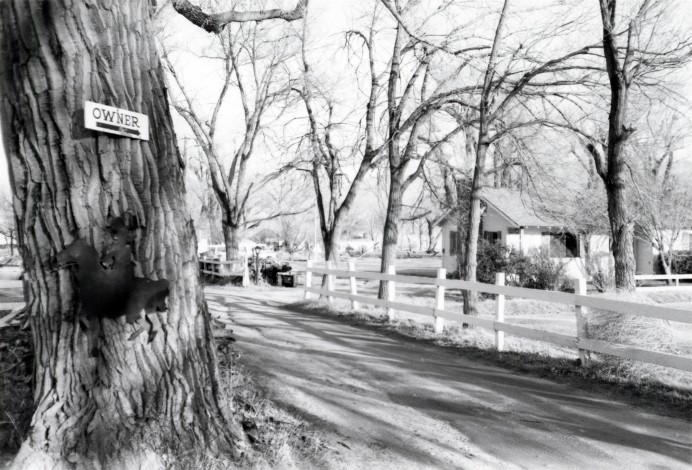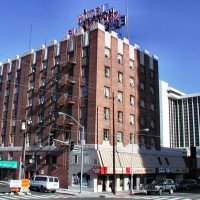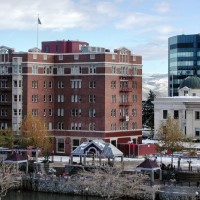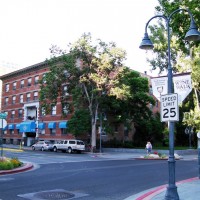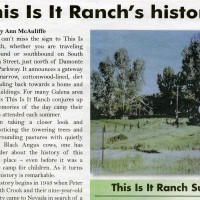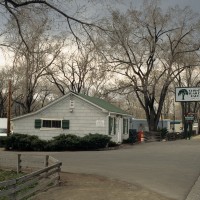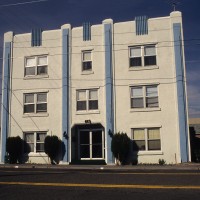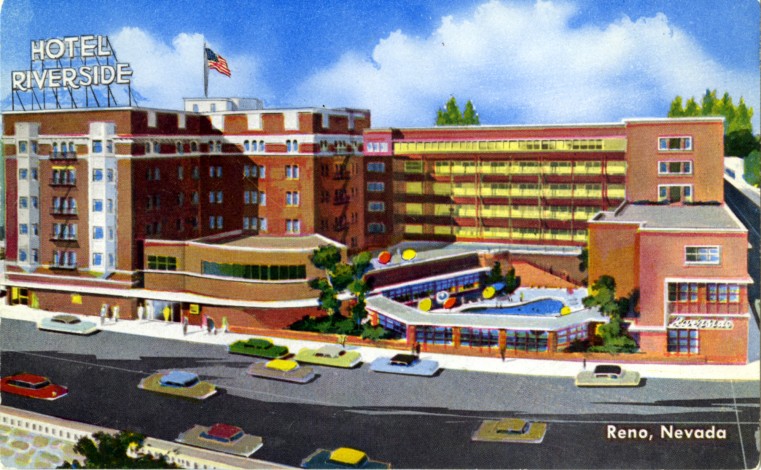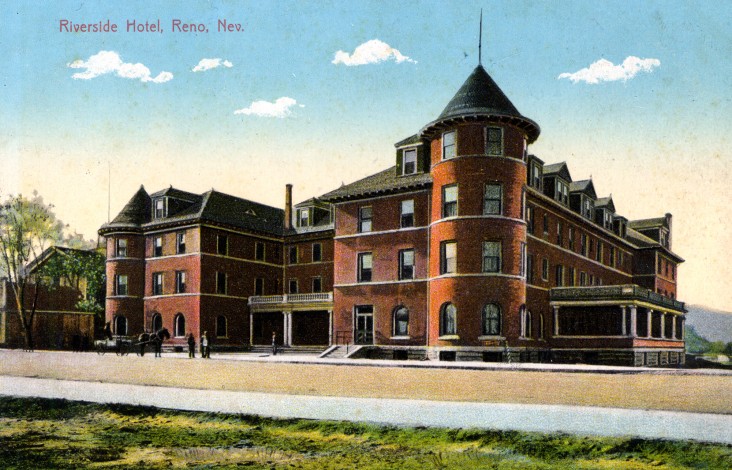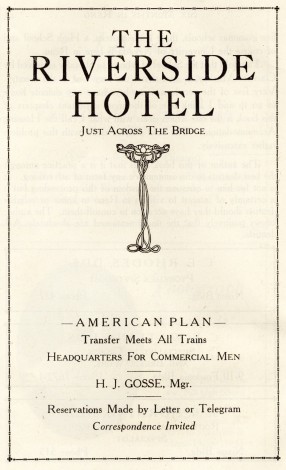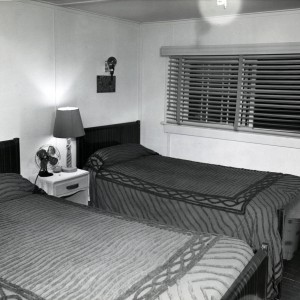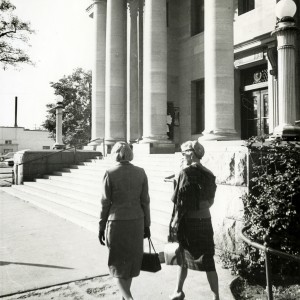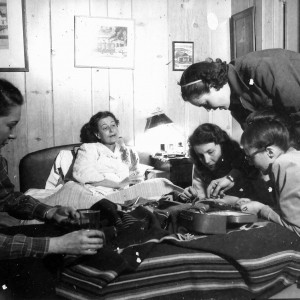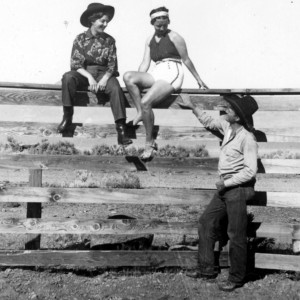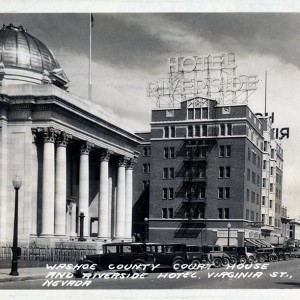The divorce trade has left a modest legacy of buildings and structures in Reno, although many are obscured by modern development. Among the most prominent are the Riverside Hotel (1927) and the El Cortez (1931), both specifically built to cater to the divorce trade. The Mapes Hotel (1947), a landmark in Reno’s divorce and gaming history, was lost to demolition in 2000. Replacement of the 1905 Virginia Street Bridge, deemed unsuitable for flood protection, began in 2015.
Still, boardinghouses and private homes that housed divorce-seekers can be found throughout town, as can small cottages built along alleyways. A readily visible example is the small home at 470 Court Street with its tiny cottage located on the alley behind the garage. The house at 651 Elko Street was converted into four flats, while the Nystrom Guest House at 333 Ralston Street rented individual rooms to divorce-seekers, with breakfast served each morning in the parlor.
Of course, another enduring legacy of the divorce trade comes in the form of local residents who traveled to Reno for a divorce and never left. Their children, grandchildren, and in some cases, great-grandchildren continue to link the community, in a very physical way, to its earlier incarnation as the Divorce Capital of the World.
Featured Resources
The Riverside Hotel
The Riverside Hotel was perhaps the most famous, and the most stylish, of in-town lodging options available to the divorce-seeking crowd. Featured in countless newspaper and magazine articles as well as films, the Riverside Hotel was the name given to two different structures that occupied the same site on the south bank of the Truckee River at different times during the divorce era.
The first was a chateau-style structure that replaced an earlier wood frame inn of the same name. The four-story brick chateau-style hotel opened in 1906, the same year that Laura Corey’s Reno divorce made national headlines. It soon became the coveted destination of divorce-seekers interested in spending their temporary six-month residency in a relatively peaceful setting far from the railroad tracks and central commercial district.
After a fire consumed the structure in 1922, Reno banker George Wingfield hired architect Frederic DeLongchamps to construct an entirely new Riverside Hotel on the same site. Six stories tall and also made of brick, the new hotel featured luxury accommodations and, with the legalization of gambling in 1931, its own casino.
The Riverside Hotel was a fixture of divorce-related media coverage, located directly between two other prominent divorce-era landmarks: the Washoe County Courthouse and the Virginia Street Bridge. The Riverside languished for years after closing its doors in 1987, finding new life in 2000 as a home to artist lofts, restaurant space, and an art gallery.

